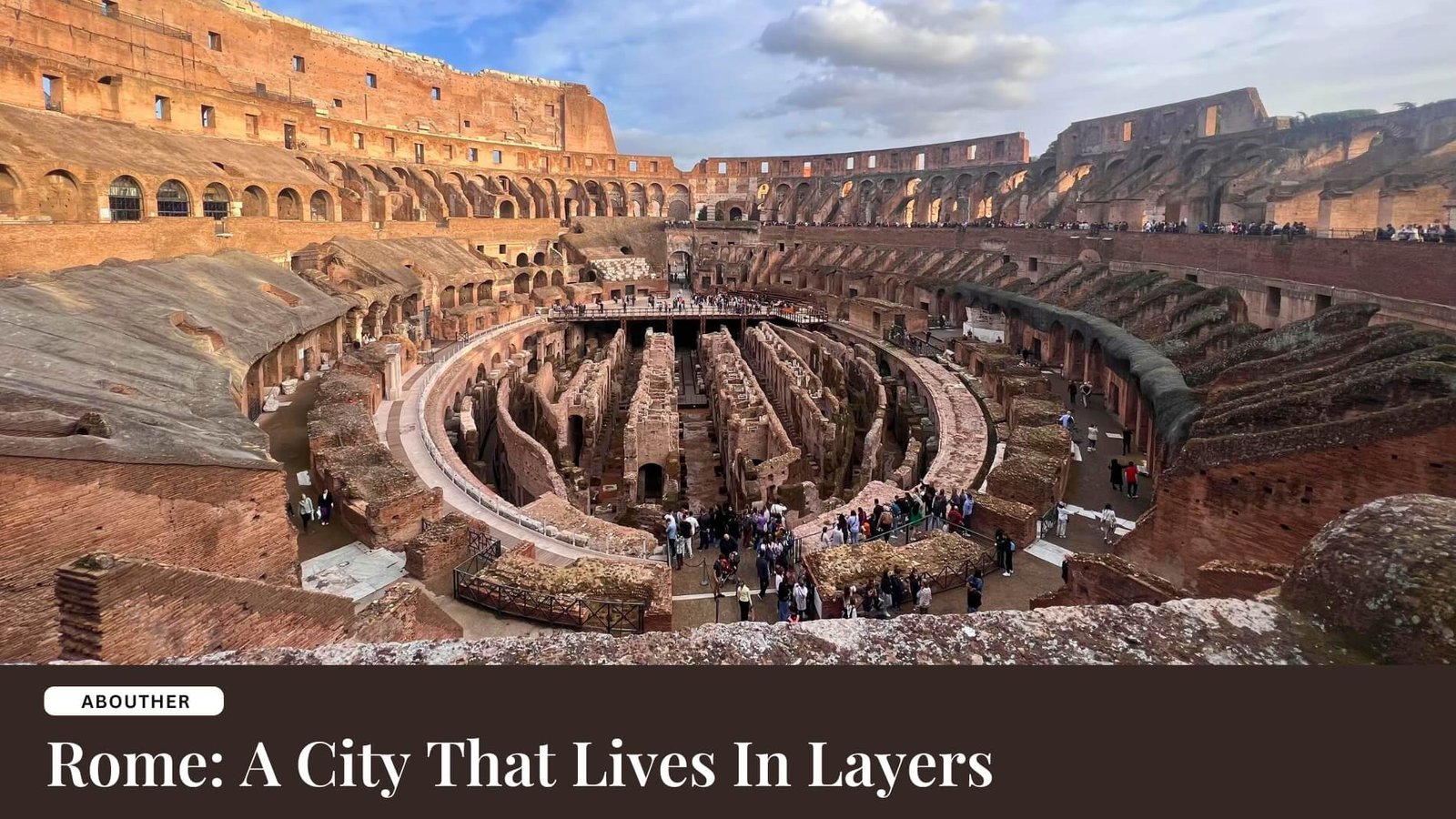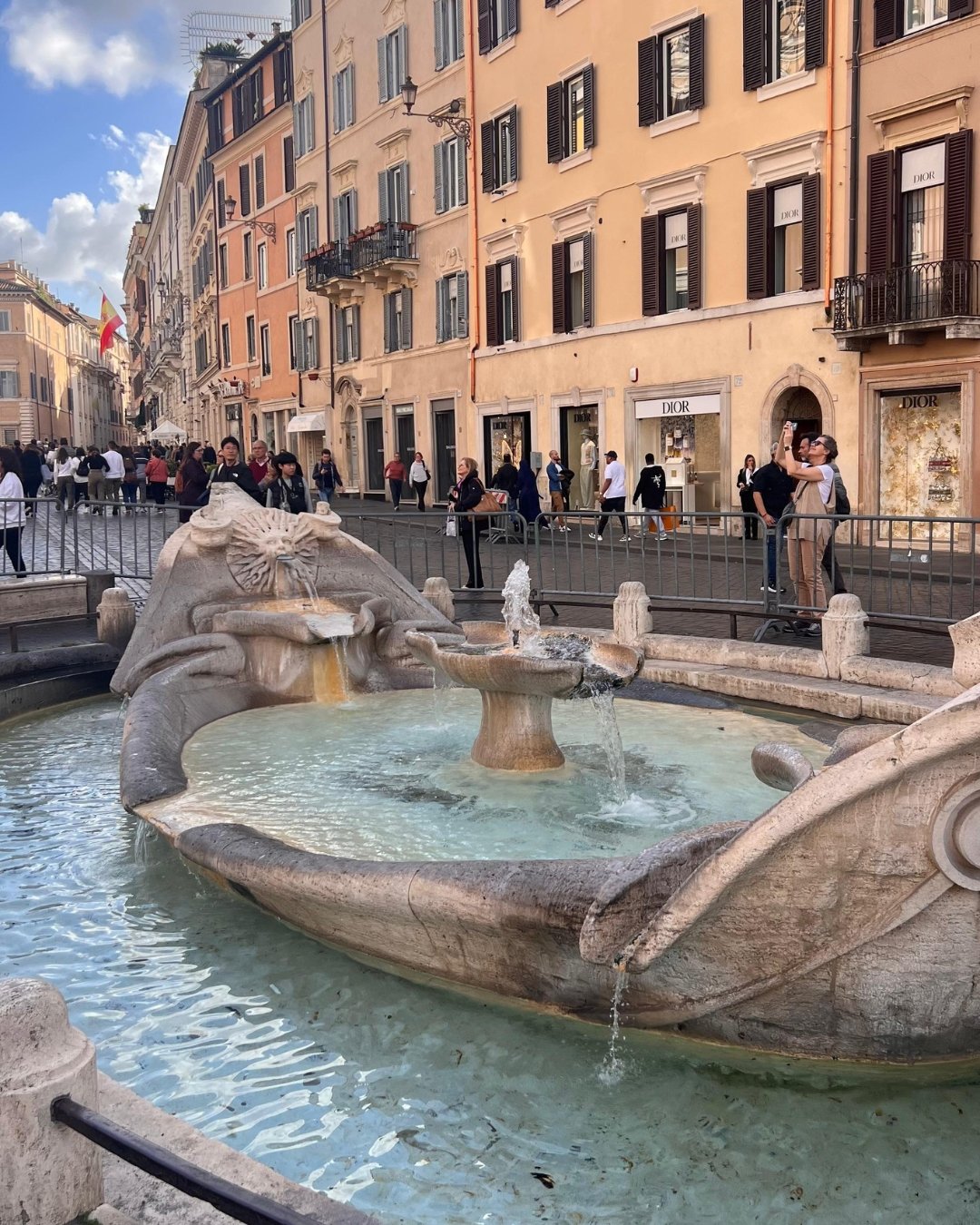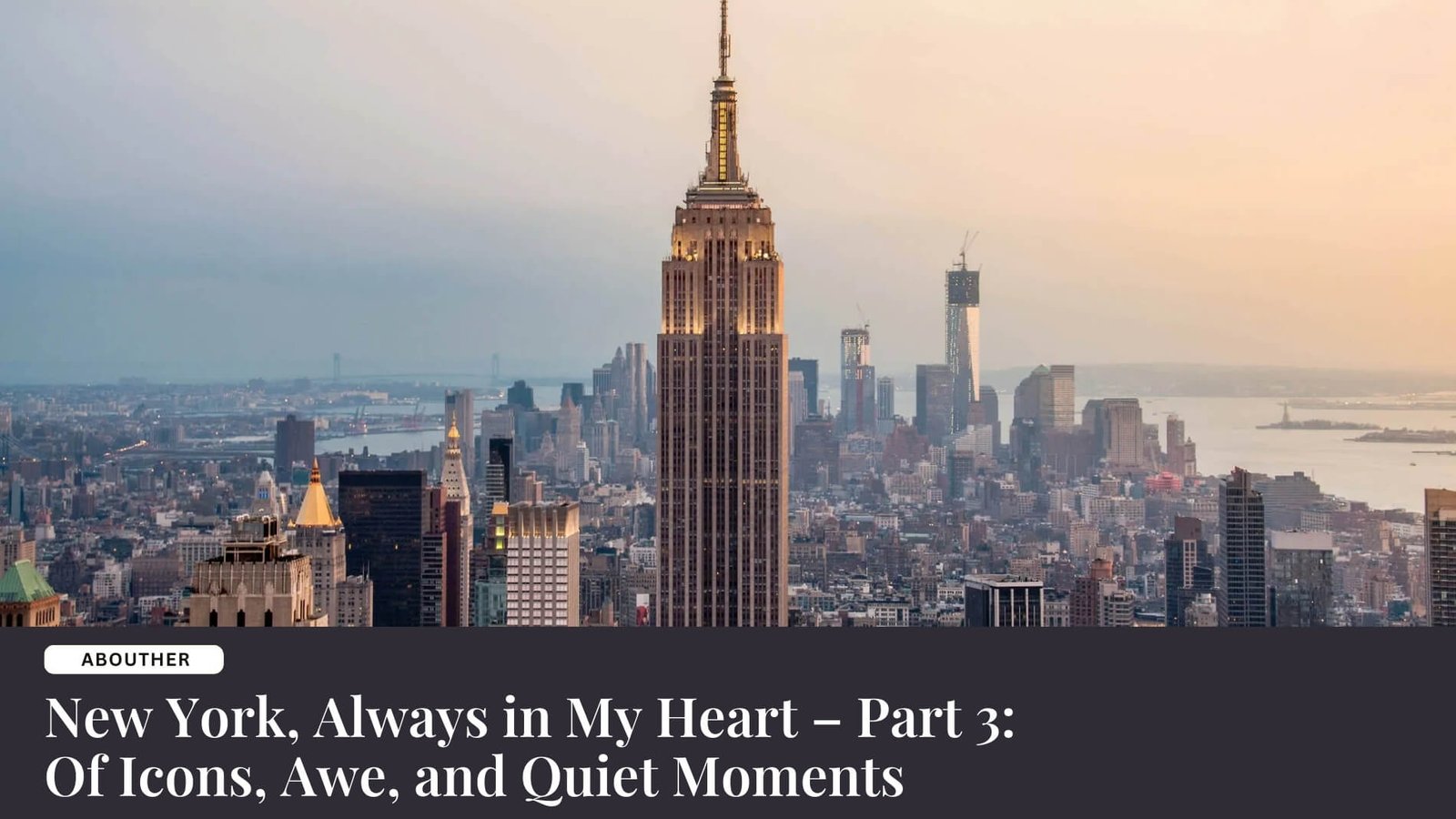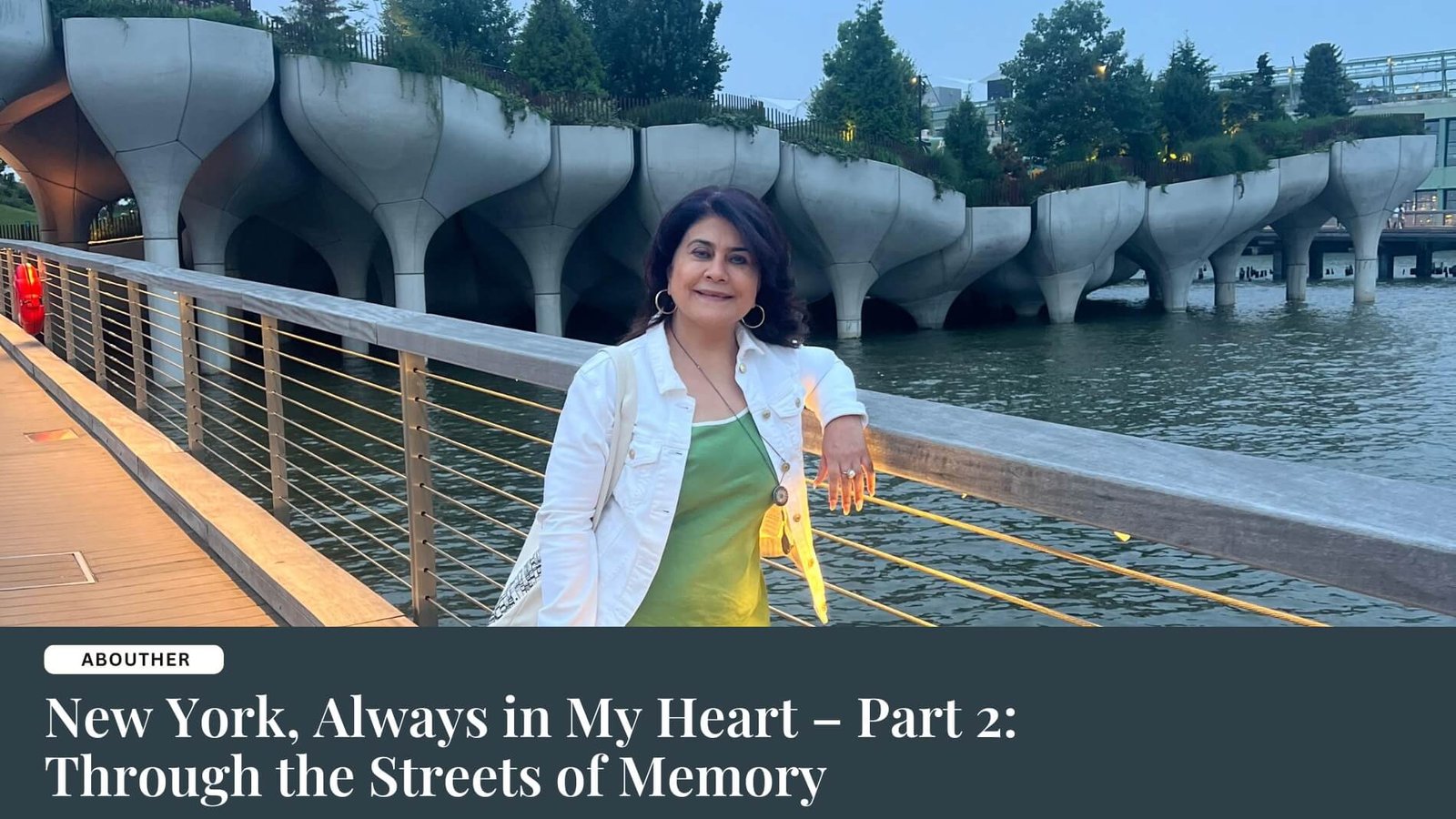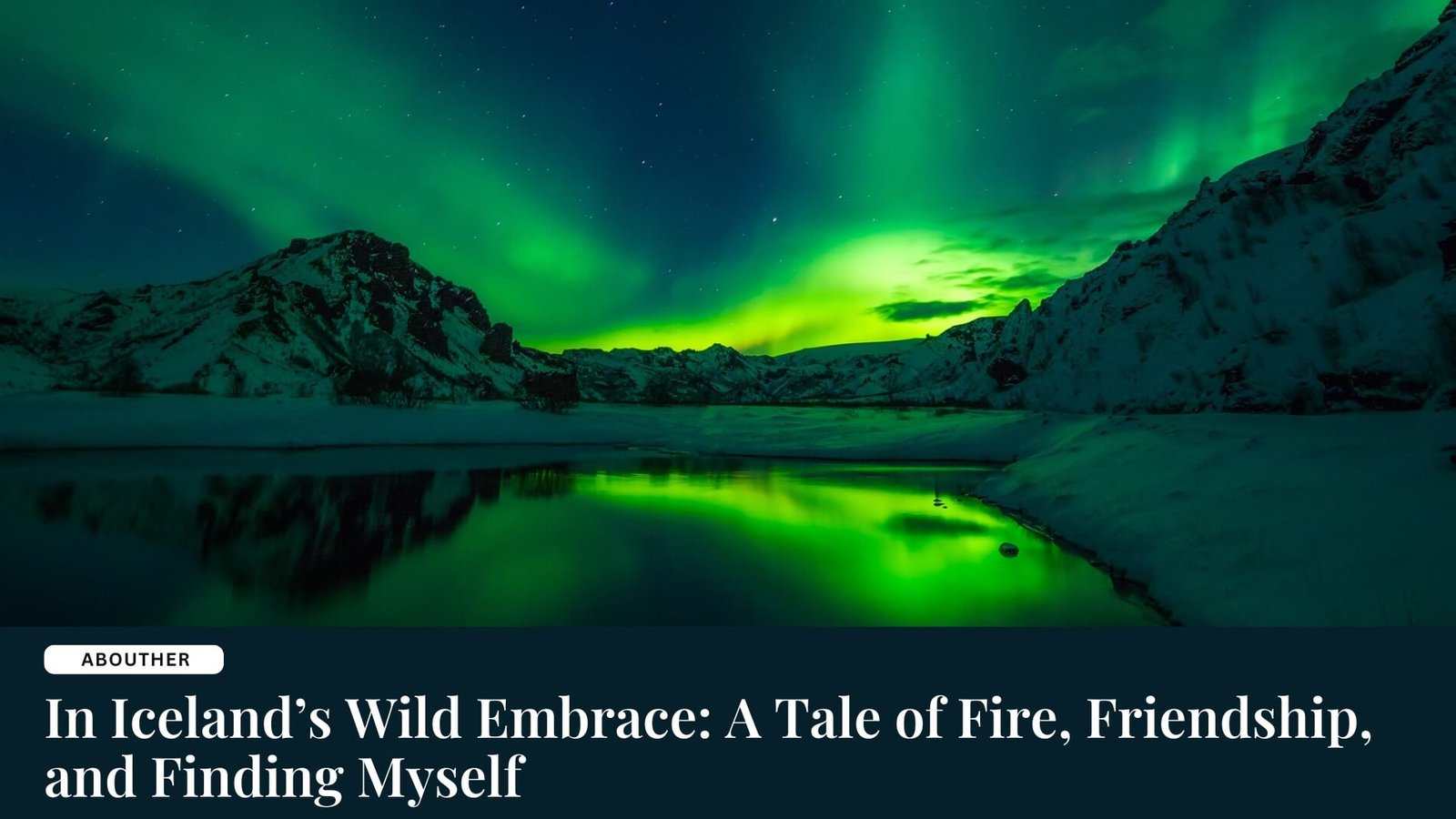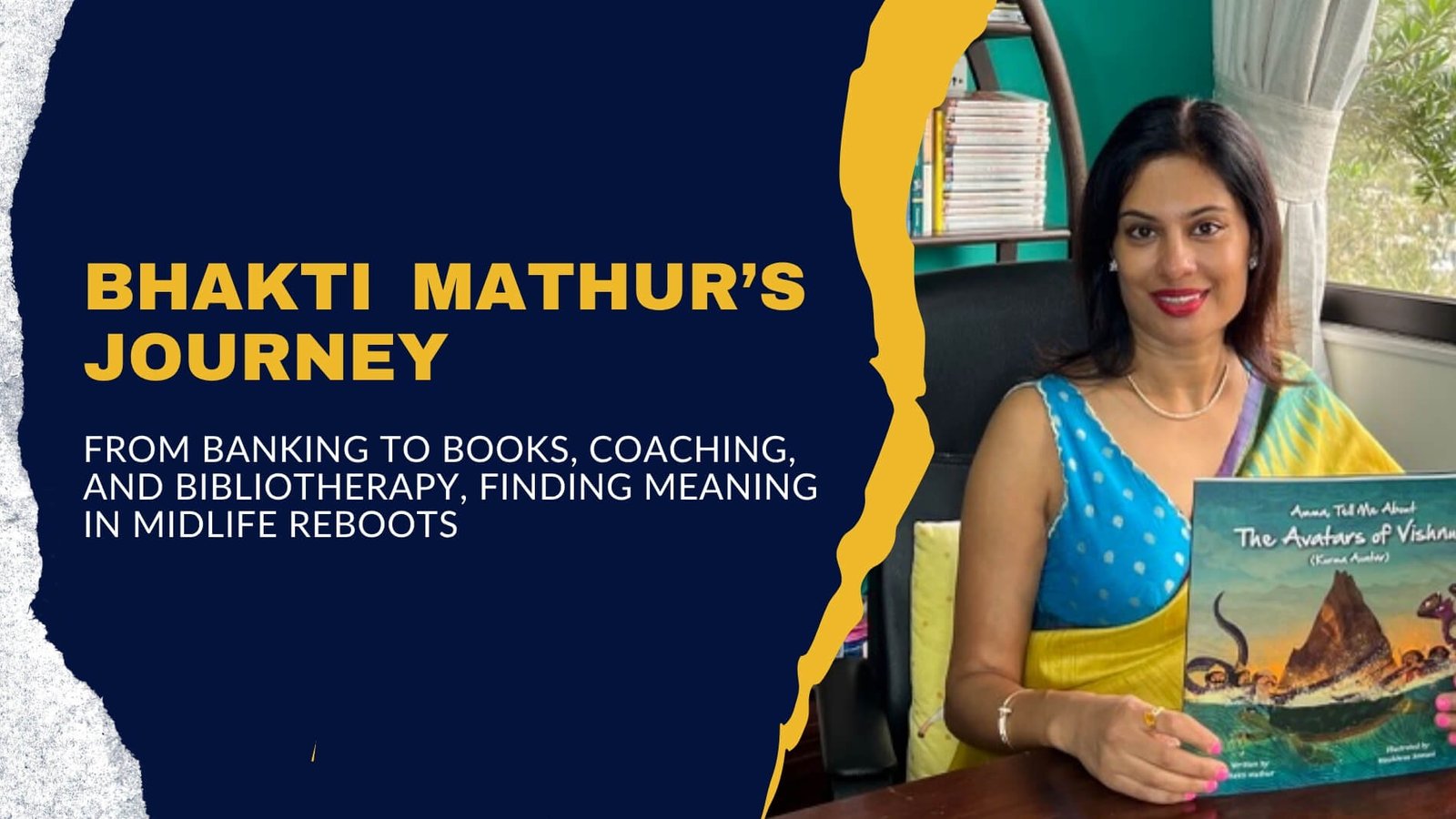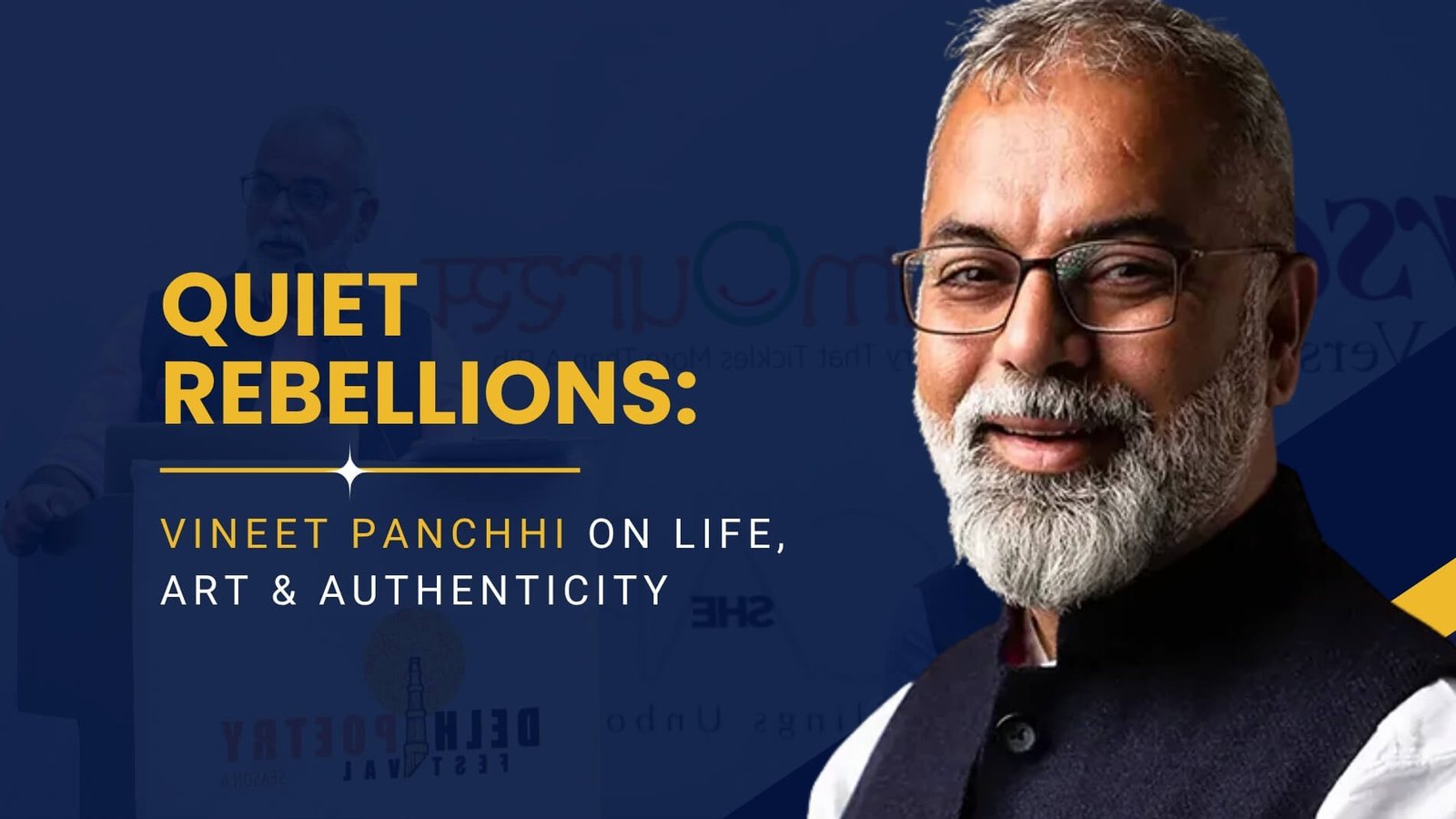Rome: A City That Lives in Layers
From the Vatican’s silence to Navona’s glow, from roadside bookstores to a spritz above Piazza Venezia, my journey through the Eternal City was as much about feeling as it was about seeing.
Walking Through Time: My Days in Rome
Rome is a city that doesn’t just ask for your attention, it pulls you in, breathless and wide-eyed. Its cobbled streets, its grand piazzas, its endless ruins: everything whispers stories of emperors, artists, poets, and wanderers. During my visit, I let myself slow down and absorb it all, the sacred silence of the Vatican, the crumbling grandeur of the Forum, the warm chaos of Piazza Navona, and the quieter corners where I stumbled upon bookstores, cafés, and roadside treasures.
The Vatican: A Glimpse of the Divine
I began my journey at the Vatican, and nothing could have prepared me for its sheer scale and beauty. St. Peter’s Basilica rose before me, majestic and commanding, its façade gleaming in the sunlight. Inside, every corner seemed alive with art, marble statues, golden altars, and mosaics that shimmered as though they had captured pieces of heaven.
I craned my neck to take in the soaring dome, its painted ceiling stretching impossibly high, colours swirling in a harmony that left me awestruck. Light poured in through windows, soft and ethereal, illuminating details I might otherwise have missed: the folds of a saint’s robe carved in marble, the quiet sorrow of Michelangelo’s Pietà, the intricate patterns underfoot.
The Sistine Chapel was the pinnacle. Standing beneath Michelangelo’s ceiling, I felt suspended in another world. The Creation of Adam, with its almost-touching hands, held me still in a moment that felt eternal. It wasn’t just art—it was a story painted across stone, a prayer rendered in colour.
As I stepped out into St. Peter’s Square, the colonnades embracing the crowd like open arms, I realized I was leaving not just a building but a realm of divine imagination. The Vatican had left me breathless, a reminder of how beauty can be both human-made and transcendent.
The Roman Forum and Colosseum: Walking with History
Stepping into the Roman Forum was like walking into a memory that still breathes. At first it felt like scattered ruins, but with a guided tour, the stories came alive. My guide pointed to where senators once debated, where arches celebrated victory, where temples anchored belief. Piece by piece, the stones rearranged themselves into a living city.
Also Read: The Joy of Exploration- My Passion for Travel
The climb to the Palatine Hill was steep but worth it. At the top, I paused to catch my breath, and then lost it again to the view. Below, the Forum stretched out like an open history book; ahead, the Colosseum stood eternal, golden in the light. Later, inside the Colosseum itself, I felt both awe and unease. Here, triumph and bloodshed once mingled, and the echoes of human spectacle still lingered.
Piazza Navona: Where Rome Dances at Night
Piazza Navona was different. If the Forum spoke of the past, Navona sang of the present. By day, artists sketched portraits, musicians filled the air, and Bernini’s fountains seemed to dance in the sunlight. By night, though, the square turned magical. Strings of lights glowed, trattorias spilled out into the cobblestones, and the air smelled of pasta, pizza, and wine. I picked up food here and felt the heartbeat of Rome in every bite.
At the fountain, I couldn’t resist tradition. I tossed in a coin and made a quiet wish, and for a moment, I was in a film, Audrey Hepburn’s Roman Holiday, Anita Ekberg’s La Dolce Vita. The line between cinema and reality blurred, and I was both actor and audience in my own Roman story.
Tucked into a side street, I found a little eatery boasting “The Best Tiramisu in Town.” Whether or not it truly was didn’t matter, because sitting there with coffee-soaked sweetness melting on my tongue, it certainly felt like it.
From Navona, I wandered to the Pantheon. Standing before its perfect dome, I let myself drift back into centuries past, imagining all the lives that had stood there before me. I took photographs, of course, but more importantly, I simply stood still, watching light stream in through the oculus like time itself pouring into the room. Just nearby, the church of Santa Maria sopra Minerva reminded me again of Rome’s layers: pagan temple, Christian shrine, modern gathering place—everything coexisting.
But what made Navona dearest to me were the bookstores scattered in its back lanes. I discovered Altroquando with its quirky charm, Overlook with its thoughtful curation, and Otherwise with its international flavour. I spent unhurried hours there, letting the smell of ink and old paper seep into me. I picked up a few books, souvenirs of a different kind, carrying Rome’s soul in their pages.
Piazza Venezia and Castro Pretorio: Rome in Motion
Not far from there, I drifted into the wide square of Piazza Venezia, where the monumental Vittoriano looms white and proud. Climbing to the terrace, I ordered an Aperol Spritz and let myself linger. From that perch, Rome stretched in every direction: domes, rooftops, monuments bathed in golden light. I took picture after picture, yet somehow the camera could never quite match the feeling.
Below, shops lined the streets, and I happily let myself wander. I ducked into La Feltrinelli, one of Italy’s most beloved bookstores, modern and sprawling in contrast to the little gems near Navona. Shelves brimmed with Italian and international titles, and the buzz of people browsing made me feel the city’s contemporary rhythm.
Also Read: 8 Happiest Travel Destinations in the World
Later, in Castro Pretorio, the mood shifted. The streets were quieter, more local, dotted with small stores and roadside bookstalls. I browsed without hurry, picked up little finds, and lost myself in the pleasure of roaming. It was in these smaller, less expected corners that I felt most like a traveller, not a tourist, free to simply be.
Spanish Steps: A Bookmark in My Journey
As evening fell, I found myself at the Spanish Steps. Each one was worn smooth by centuries of feet, yet it felt deeply personal to sit there, watching the square pulse with life—tourists gazing upward, locals strolling with gelato, children darting between the steps.
I had Rome by Jhumpa Lahiri in my hands, and as I read, the city spread out before me. The coincidence was too perfect: her words about Rome and my own experience of it braided together. The Steps became more than stone and history; they became a living bookmark in my journey, tying my wandering and my reading into one.
Closing Reflections
Rome is often described as the Eternal City, and now I know why. It’s not just the ruins or the churches, but the way it makes you feel part of something larger.
One memory I carry closest is that view from the Palatine Hill, where the Forum lay open beneath me and the Colosseum stood timeless beyond. In that moment, I saw past and present overlap: ancient stones whispering stories below, and the hum of modern life not far away.
But Rome is also in the small things: in the joy of picking up books in backstreet shops, in the clink of a coin tossed into a fountain, in the sweetness of a tiramisu in a tucked-away eatery, in the quiet sip of a spritz high above Piazza Venezia.
For me, Rome will always be the city where history and humanity meet—where the past breathes through stone, and the present waits patiently on the next street corner.
Share This On Social
![Sangeeta-Relan-AH-525×410[1]](https://aboutherbysangeeta.com/wp-content/uploads/2024/06/Sangeeta-Relan-AH-525x4101-1.jpeg)
I’m Sangeeta Relan—an educator, writer, podcaster, researcher, and the founder of AboutHer. With over 30 years of experience teaching at the university level, I’ve also journeyed through life as a corporate wife, a mother, and now, a storyteller.
Recent Posts

